For most of us, the browser that comes pre-installed on our phones is the one we stick with – if it’s working, we wouldn’t want to change it. However, as with almost everything in the Android world, there are many alternatives that offer a better browsing experience in one way or another. Some focus on privacy, some on speed, and some on features that make the experience easier.
Too many options can be confusing, so we’ve picked the best Android browsers for you to review. From dark mode to desktop sync and extension support, these browsers have a lot to offer.
Mozilla Firefox
Most of the web browsers available for Android are based on Chromium, the open source version of Google Chrome. This means that they all load web pages in the same way. They are quite equal in performance, have the same set of characteristics. Firefox is the main exception to this rule – it’s one of the few browsers on Android with a dedicated rendering engine.
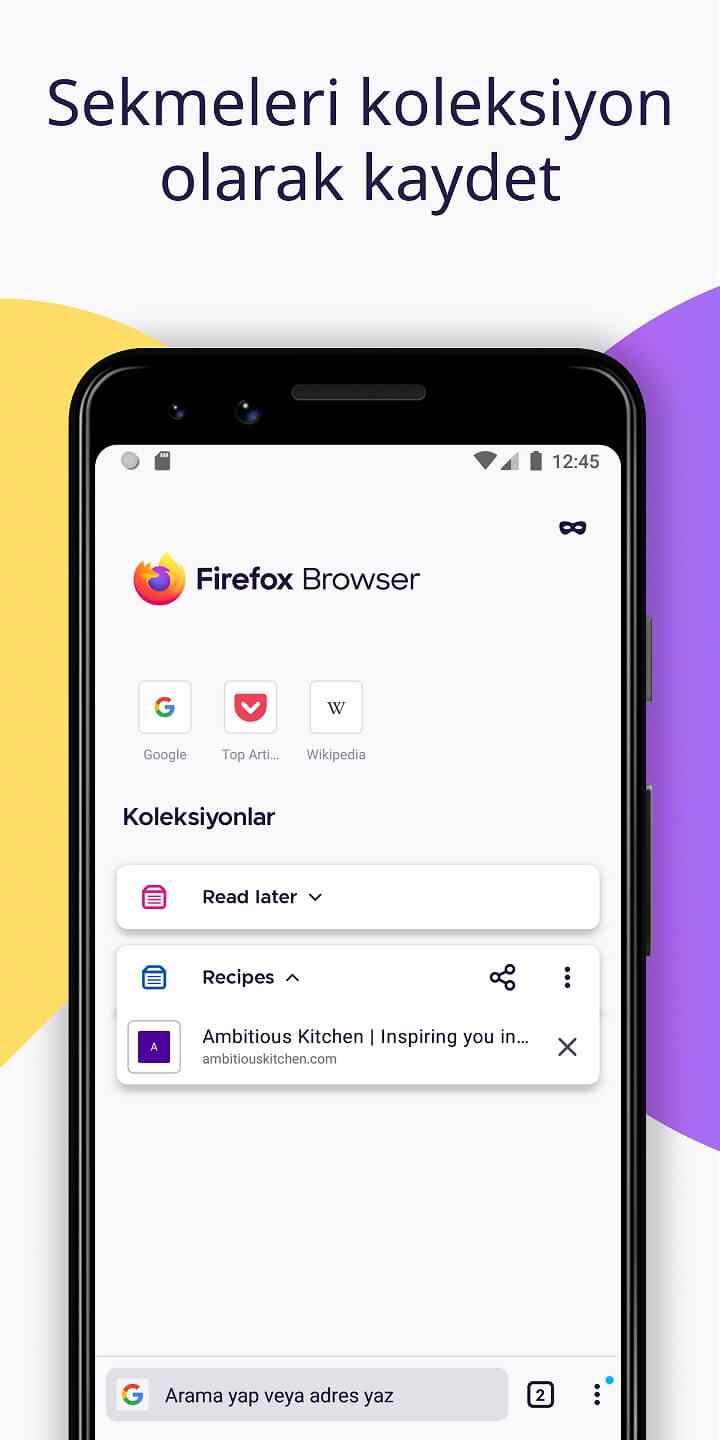
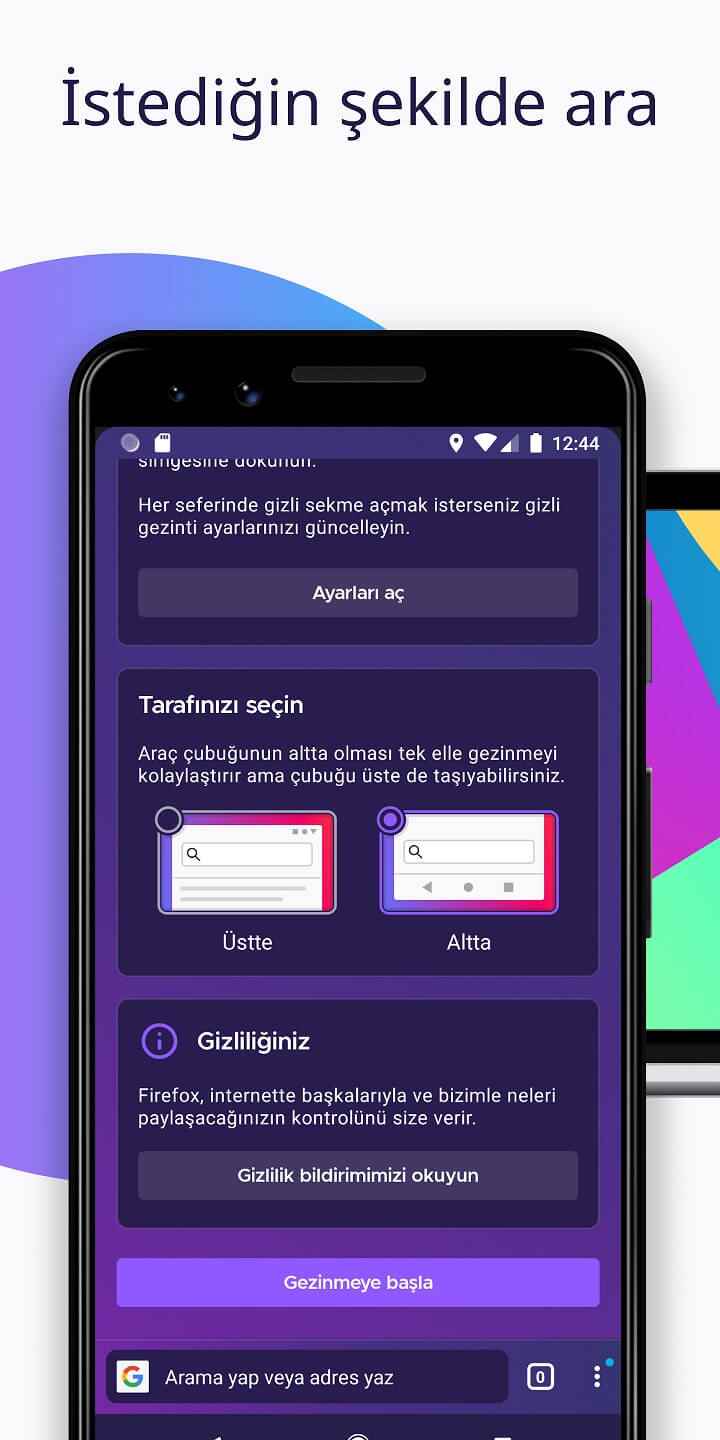
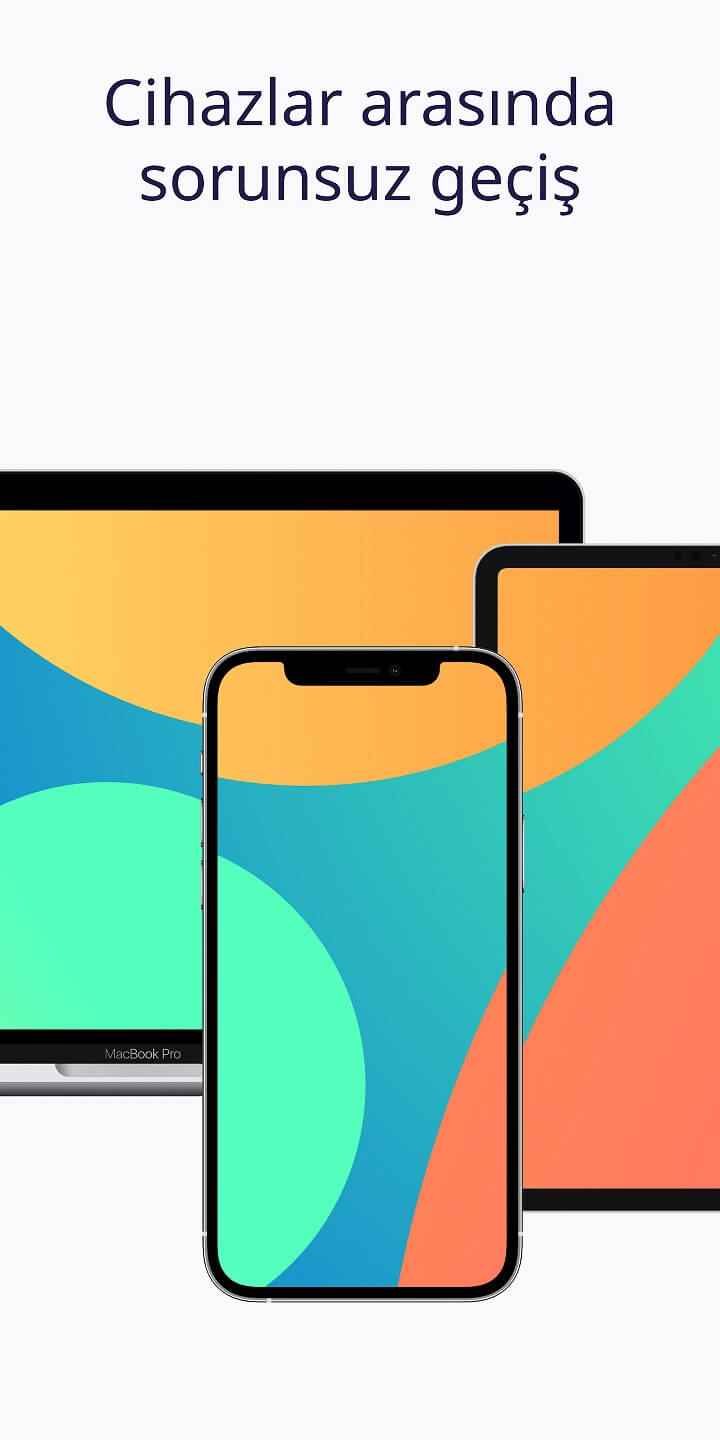
Mozilla released a completely rewritten version of Firefox for Android a few years ago, and overall, this new version has been great. The company offers a limited selection of extensions you can choose to install, but it’s already possible to use any add-on you need by upgrading to the Nightly version of the browser.
Other than that, Firefox for Android is fast. Compared to previous versions, it comes with much improved scrolling, offers an address bar at the bottom, and optionally syncs almost all of your data with your desktop panel. It also blocks tracking scripts by default, although you can choose to remove or tighten the restrictions as you wish.
Google Chrome
No list of the best web browsers for Android would be complete without Google Chrome. It is already the default browser on most phones and tablets. Chrome updates are released every six weeks, and each release usually includes a few new features; most of these are for website developers, not end users.
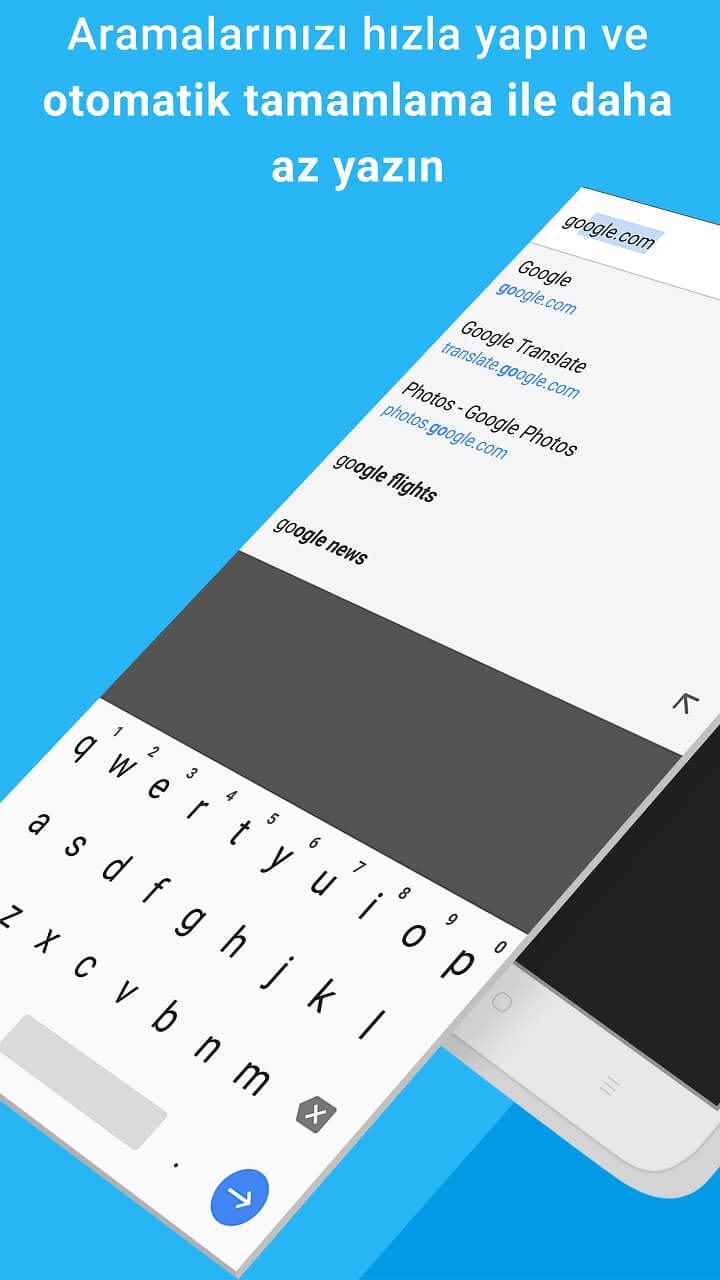
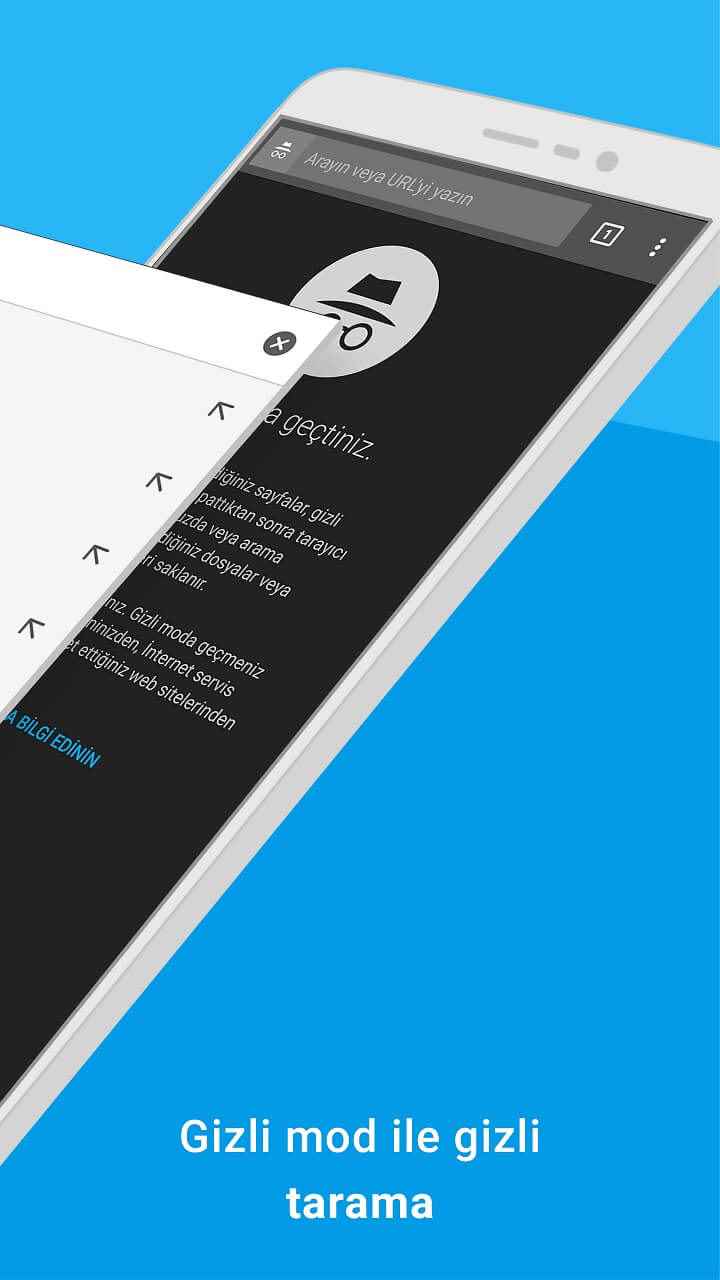
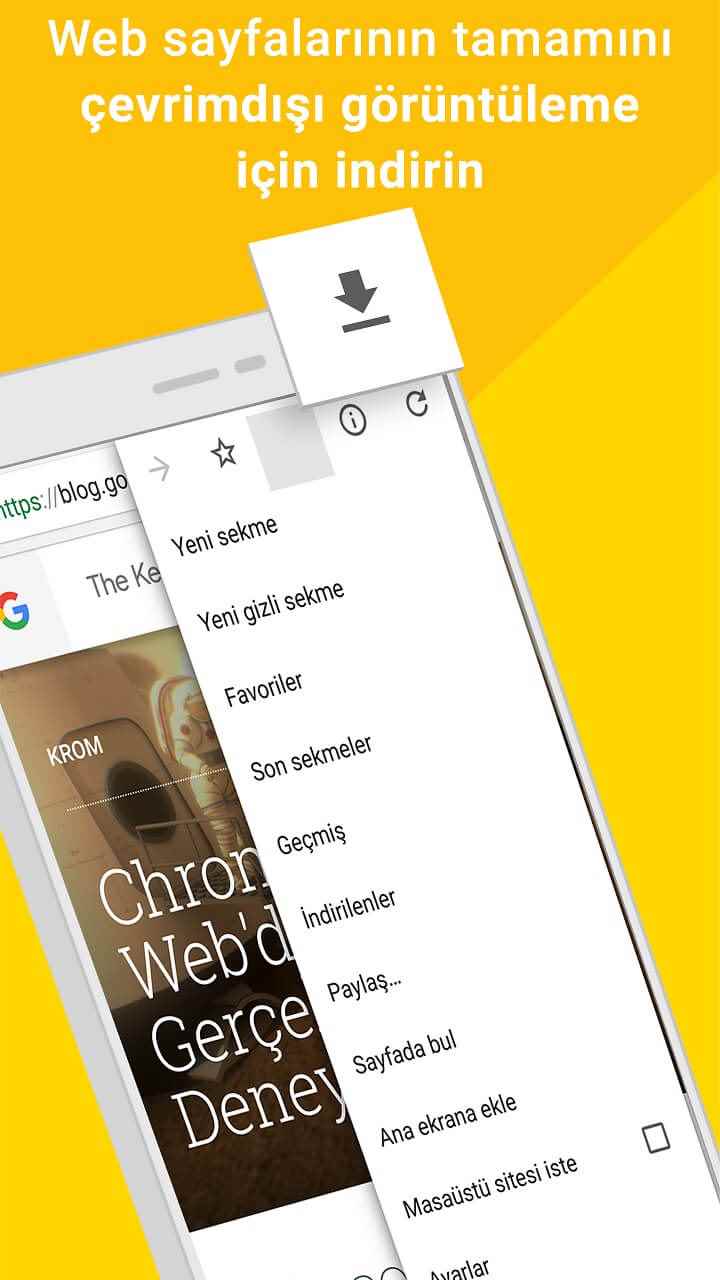

Chrome is the most used web browser on both desktop and mobile platforms, so there’s not much to talk about — most of you are probably using it right now and you probably know what it can do. Since most of Chrome is open source and most other browsers on Android use this open source base, the vast majority of Chrome’s features are copied in other apps.
However, the Android version of Chrome has a few nice features you might not have heard of. You can switch between tabs by swiping left and right in the address bar, force websites to be dark when your phone is in dark mode, and much more.
You probably already have the main version of Chrome for Android on your phone, but if you want to try the features that Google will offer in the future, we’ve put the Beta and Dev versions below for you to experience. Regardless, there are loads of ways to use this browser on your Android. tip and trick there is.
DuckDuckGo
You may already know that DuckDuckGo is a privacy-focused web search engine, but did you know that the company also has a web browser? The DuckDuckGo browser for Android is very light in features, but still offers a nice experience.

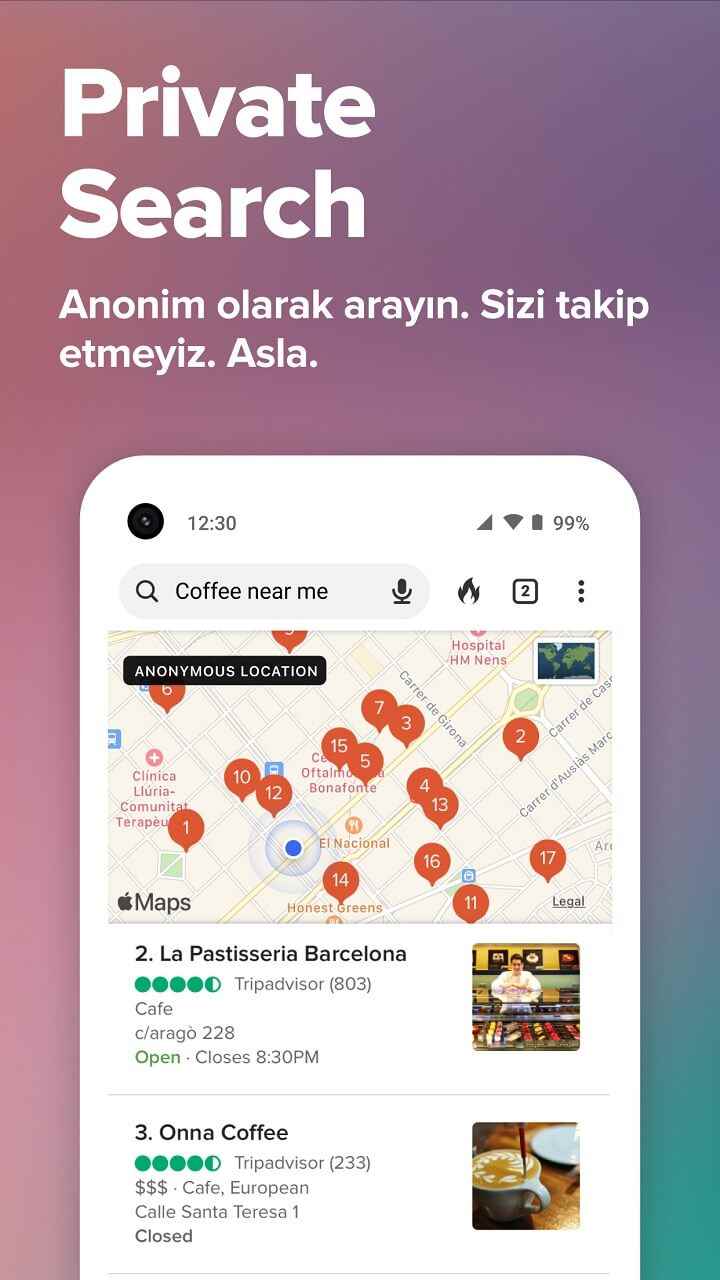

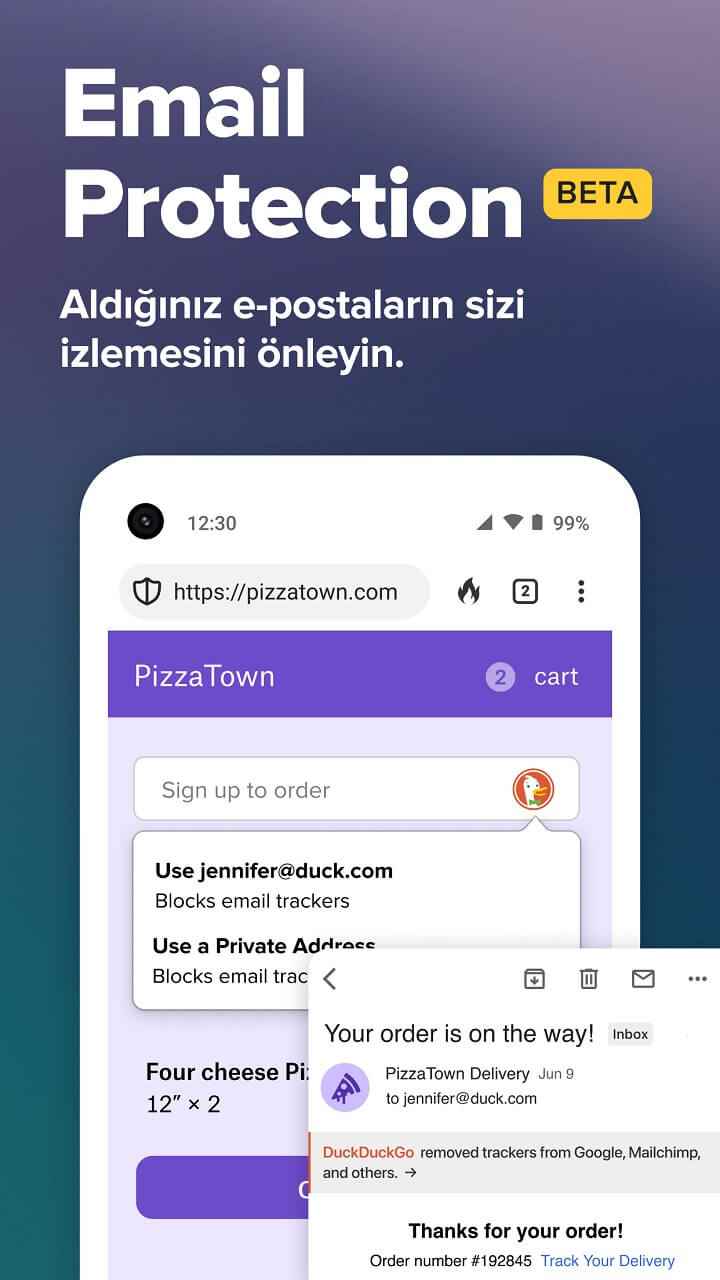
This is probably the most basic browser on this list as it lacks desktop sync support, extensions, and a few advanced features. However, tracking scripts are blocked by default, and the browser gives each site a privacy rating with a full list of every blocked tracker. Most browsers have some form of tracking protection at this point, but DuckDuckGo organizes the information in a very easy to understand way.
By default DuckDuckGo deletes cookies after you close a tab (similar to Firefox Focus), but there is a setting to disable this for your favorite sites. Secretly, DuckDuckGo uses Android’s built-in rendering engine, so it should perform just as well as Chrome, although it lacks some comfort features like switching tabs by swiping the address bar.
The company is also working on preparing a desktop version that could be expected to bring desktop sync in the future.
Samsung Internet
Samsung Internet started out as the pre-installed web browser on Galaxy phones and tablets, but Samsung released it for all Android devices in 2017.
Samsung Internet is based on Chrome but has a completely custom interface that fits Samsung’s One UI design language. Some of its advantages over Chrome include tracking protection, a limited number of add-ons, and a button layout that is easier to use on tall phones.
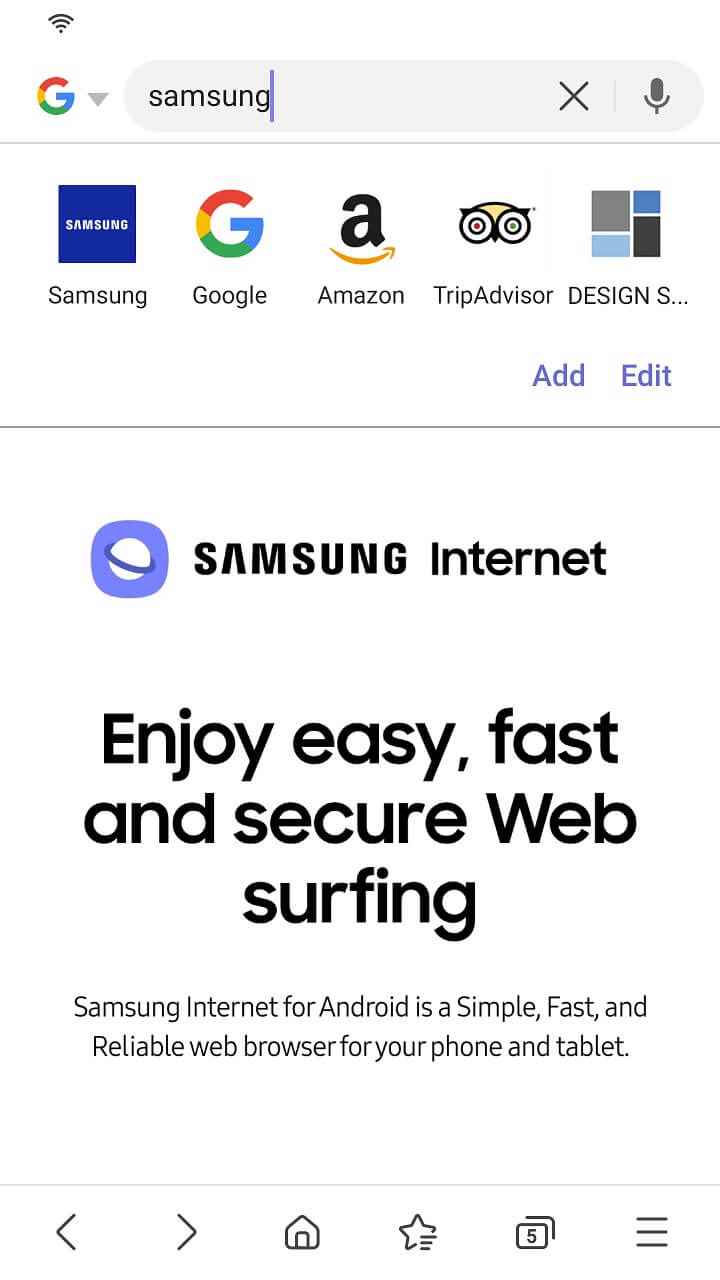
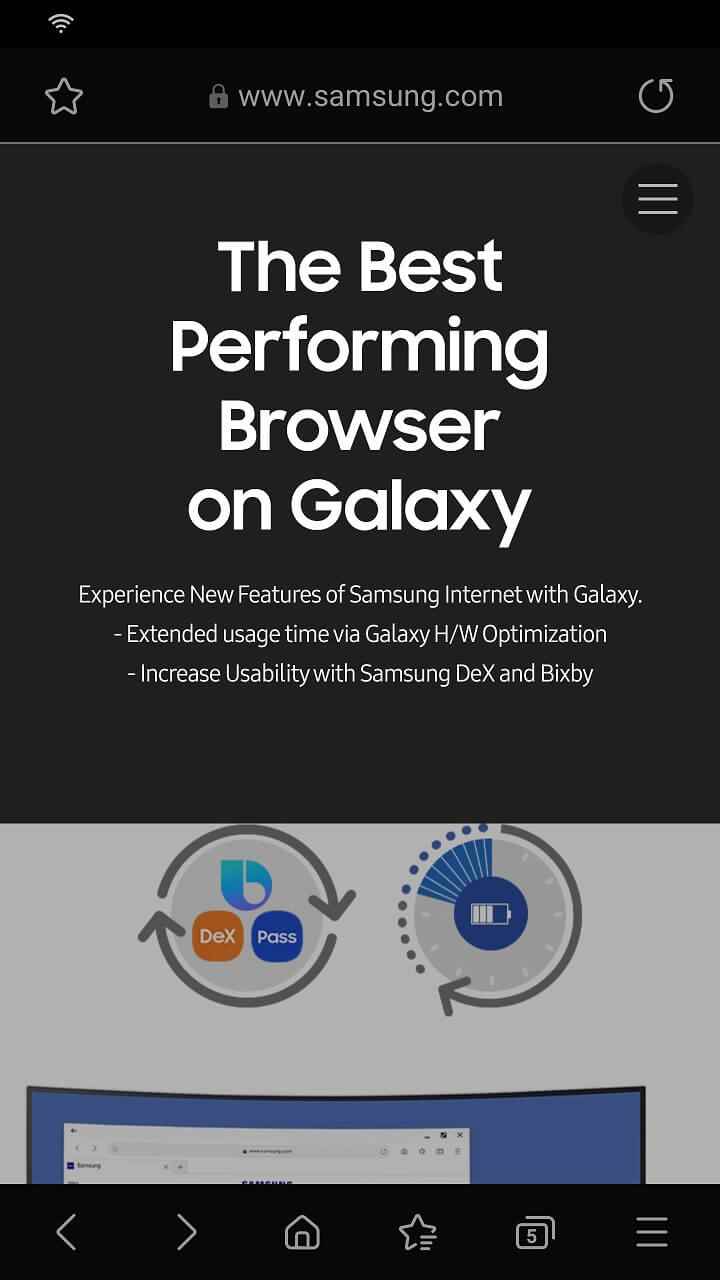
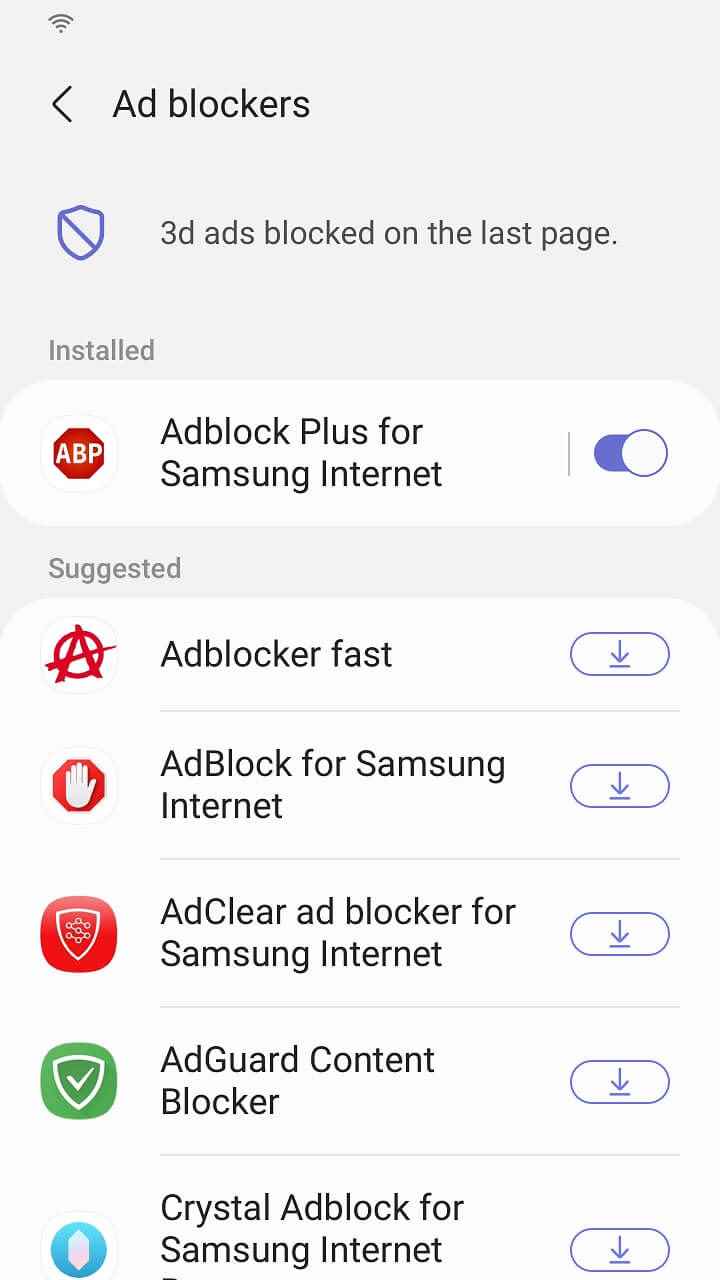
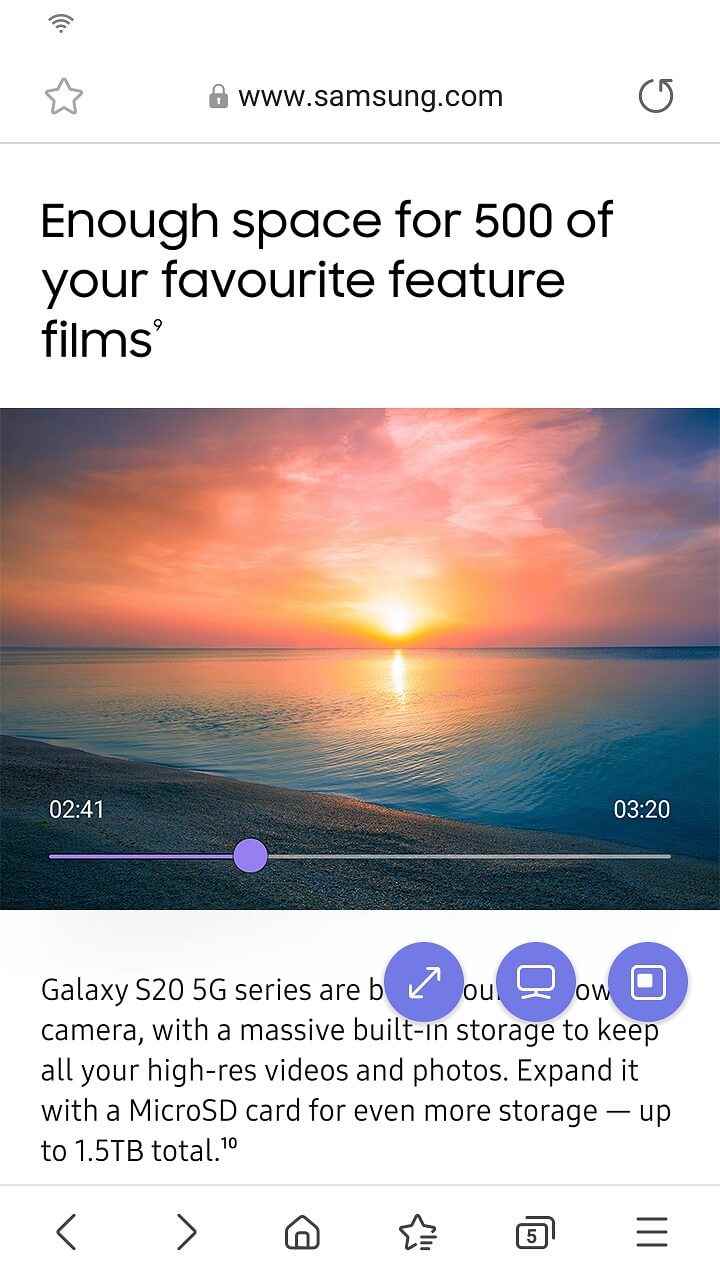
My favorite feature is the dark mode support, which works great – not only does it darken the browser’s interface, it can also change the look of sites to make them dark. This doesn’t always work as intended, but it’s still great for late night reading. Chrome and Firefox can also display dark pages when dark mode is enabled, but only if the site itself has created a dark theme.
Like Chrome and Firefox, Samsung Internet has both stable and beta versions.
vivaldi
Former Opera developers founded Vivaldi and it soon became one of the most feature-packed browsers on Android. Despite being Chrome-based it has overhauled the interface and added some great features, but in my opinion it’s a lot less bloated than Samsung’s browser and easier to navigate through its settings.

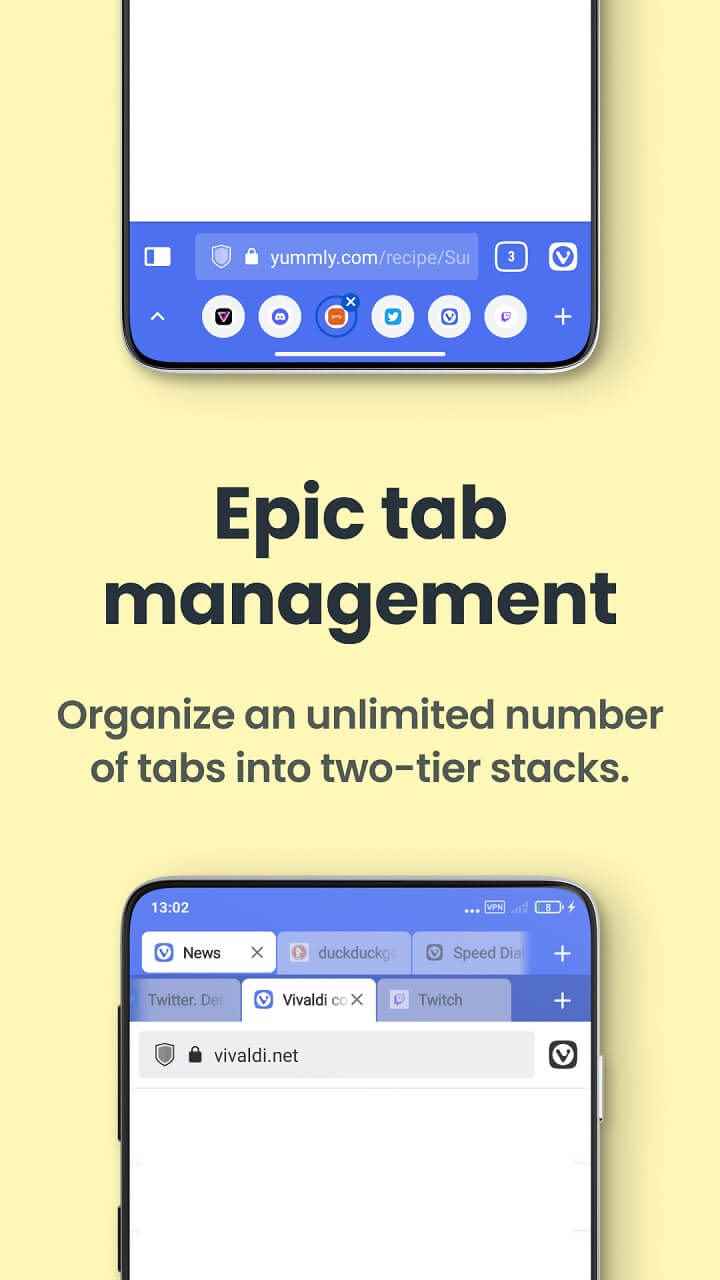

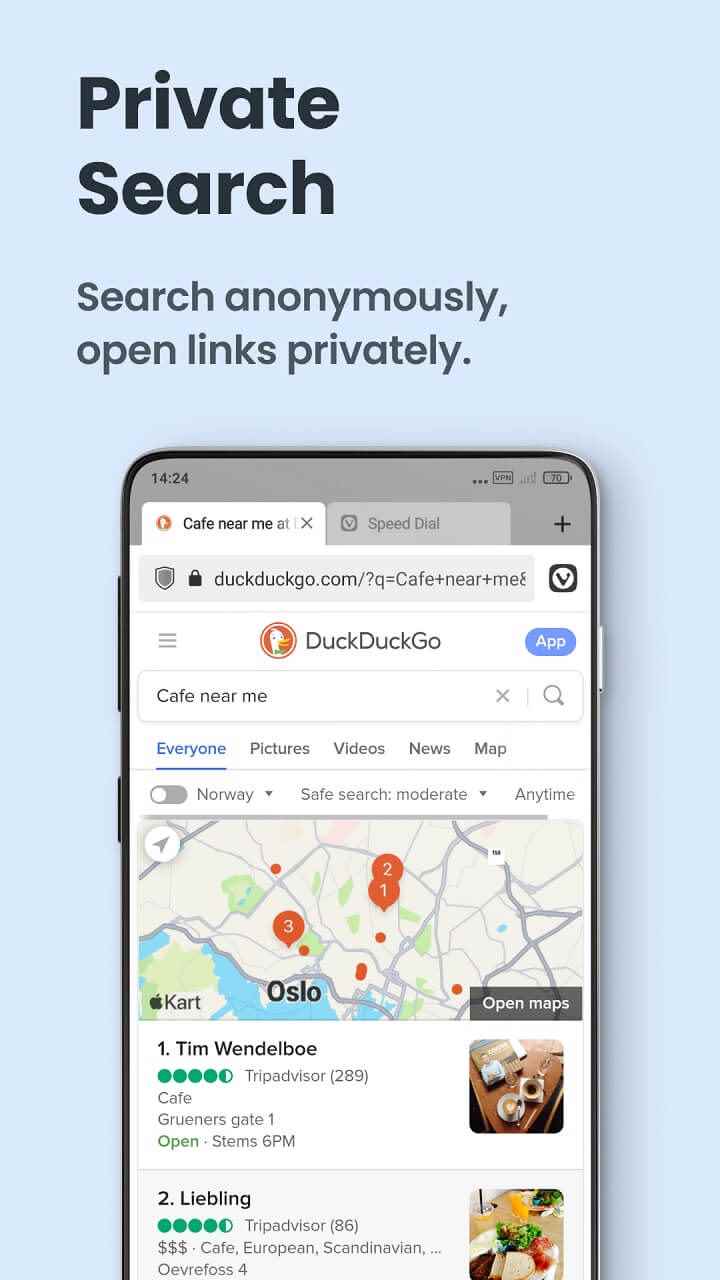
Similar to desktop web browsers, Vivaldi uses a tab strip at the top by default; this is especially nice on tablets or phones in landscape mode. There’s also a bottom panel to perform basic functions without reaching the top of the screen, an Opera-style ‘Speed Dial’ page when you open a new tab, an optional always-on desktop mode, and an optional blocker for monitoring scripts. You can even design websites to your liking if you are interested in such things.
Microsoft Edge
Microsoft Edge is another Chromium-based browser for Android. While it originally only had a few changes compared to Chrome, it’s now different enough from Google’s browser interface that there are real use cases for it.

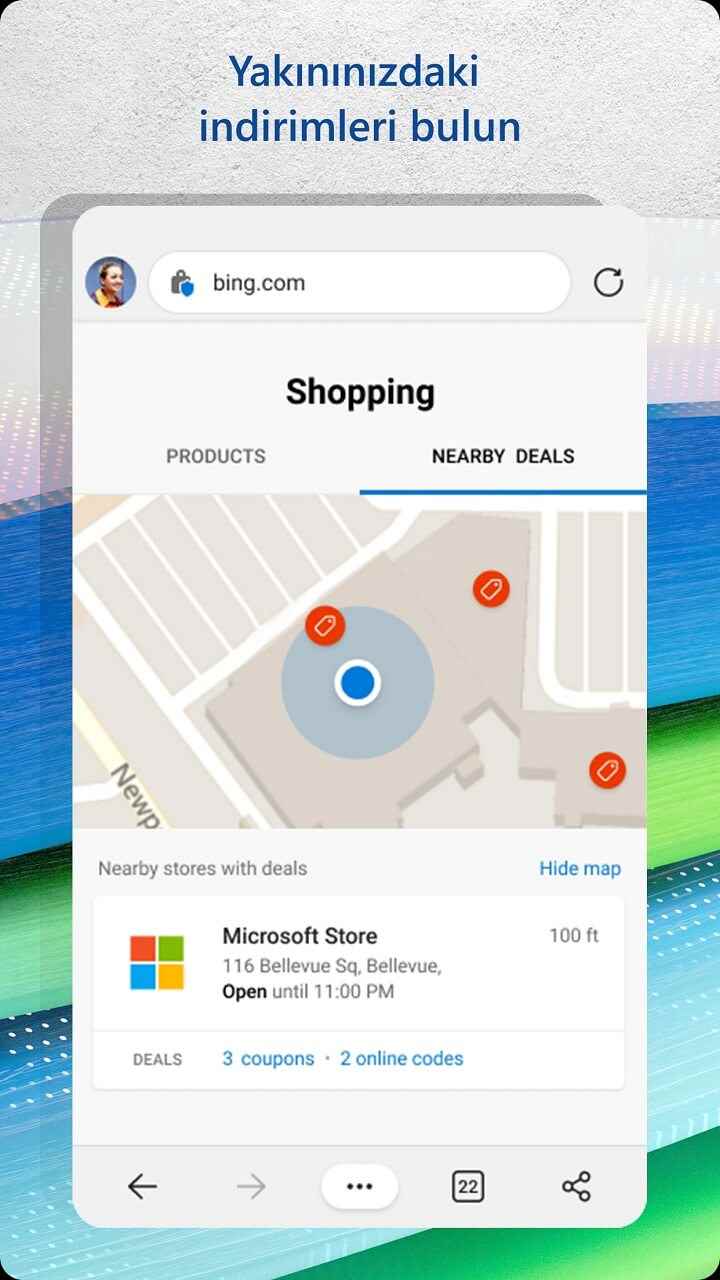
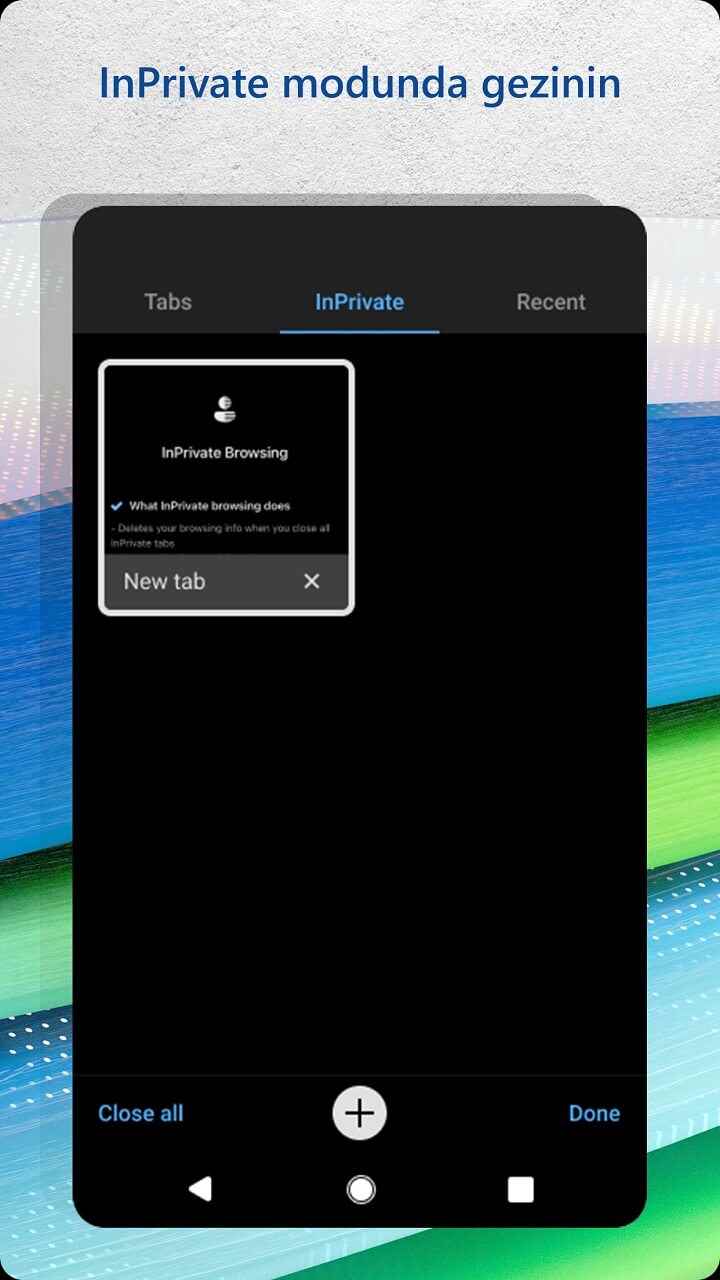

Edge’s bottom bar provides quick access to frequently needed browsing features, the new tab page can be customized to your liking, and you can collect rewards using Bing. Apart from desktop sync, there are a few other important features like integration with Microsoft’s family management tools. All that being said though, it’s mostly great for people deep within the Microsoft ecosystem. Like its desktop counterpart, it is nothing but Chrome with a different look.
Brave
At this point, there is no way to escape Brave when you want to build a compilation of the best browsers for Android. The privacy-first, anti-tracking browser is among the fastest and most full-featured options on the market. It is available on all relevant platforms and optionally syncs data across all your installations, including a cryptocurrency wallet that you can use to pay creators and websites you care about. The browser even lets you browse anonymously via a local Tor connection and is the first to support the decentralized HTTPS alternative IPFS. The company behind it is also working on a privacy-focused Google Search alternative, so it may be preferable for those who value privacy.

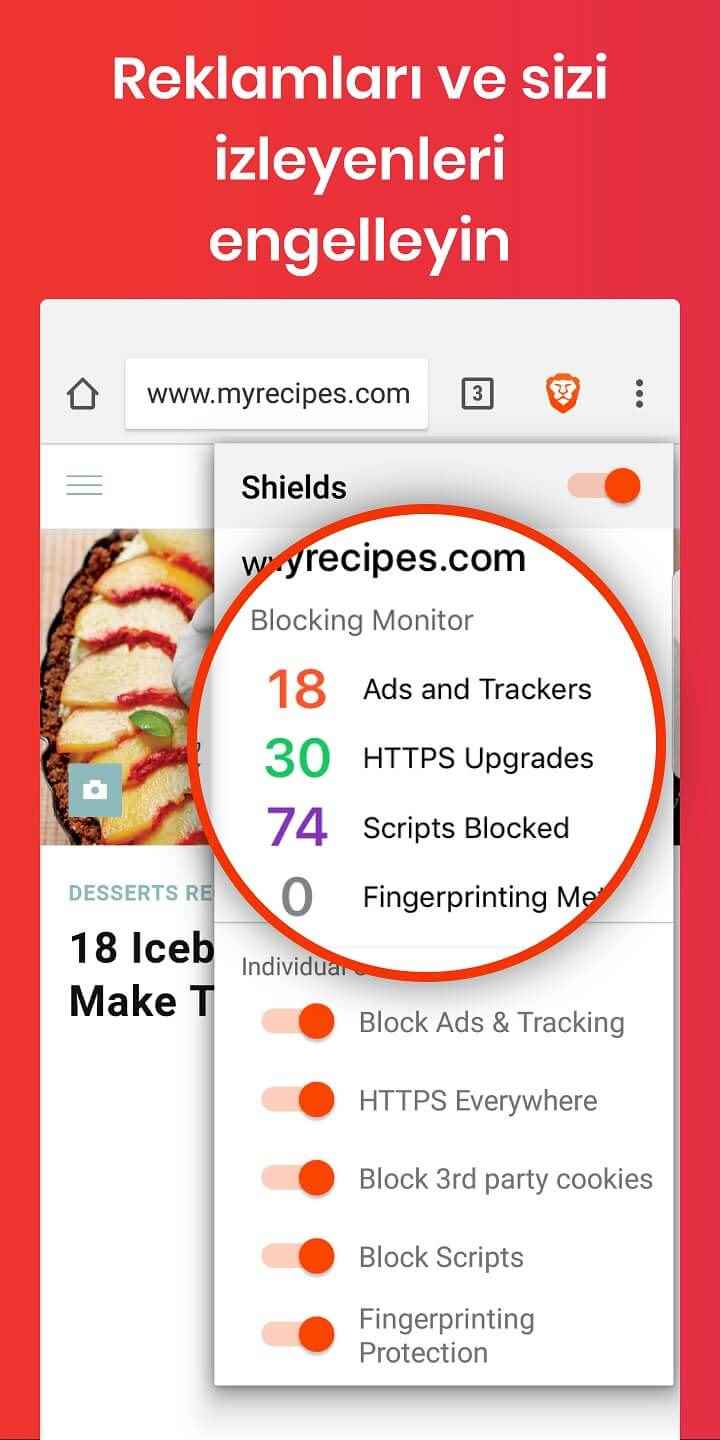
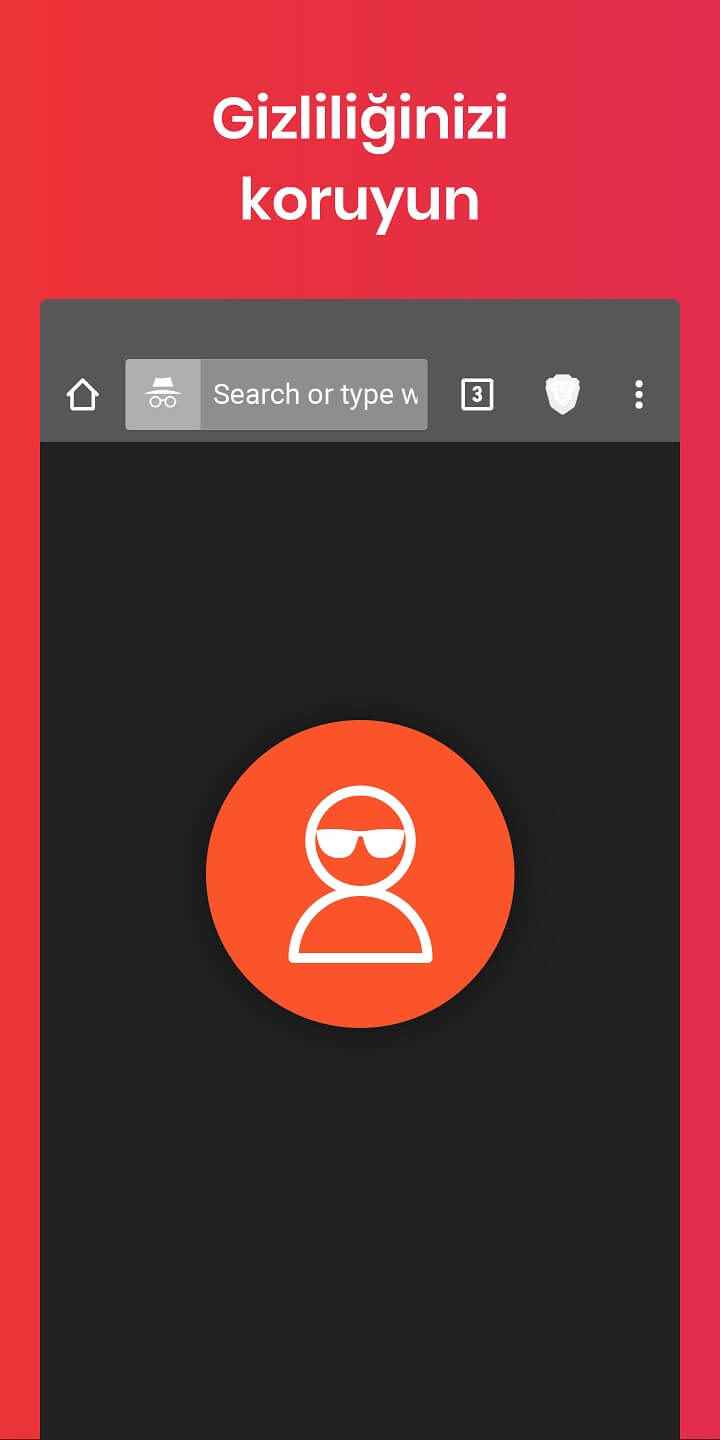

However, we still hesitate to recommend this product. First, Brave was created by former Mozilla CEO Brendan Eich, who was forced to step down in 2014 after some controversy stemming from a 2008 political donation that undermined Mozilla’s core values. For another, the browser’s participatory advertising strategy can be seen primarily as a Brave monetization scheme rather than content creators. Brave deprives websites of ads and forces them to sign up for Brave’s self-generated cryptocurrency to retain at least some of the revenue lost due to ad-blocking. It also doesn’t help that users can choose to keep their revenue from watching ads instead of donating it to sites.
Brave was also caught injecting redirect codes into the URLs of some cryptocurrency’s trading pages, and CEO Eich said on Twitter that he doesn’t see a problem with this undisclosed practice.
kiwi
We had to remove Kiwi from our list of best browsers last year because it was lagging in terms of regular updates. It’s progressing fast so far and things are looking better now that it’s running Chromium version 101 and is updated more frequently. If you’re migrating from Chrome, Kiwi’s UI will make you feel right at home.



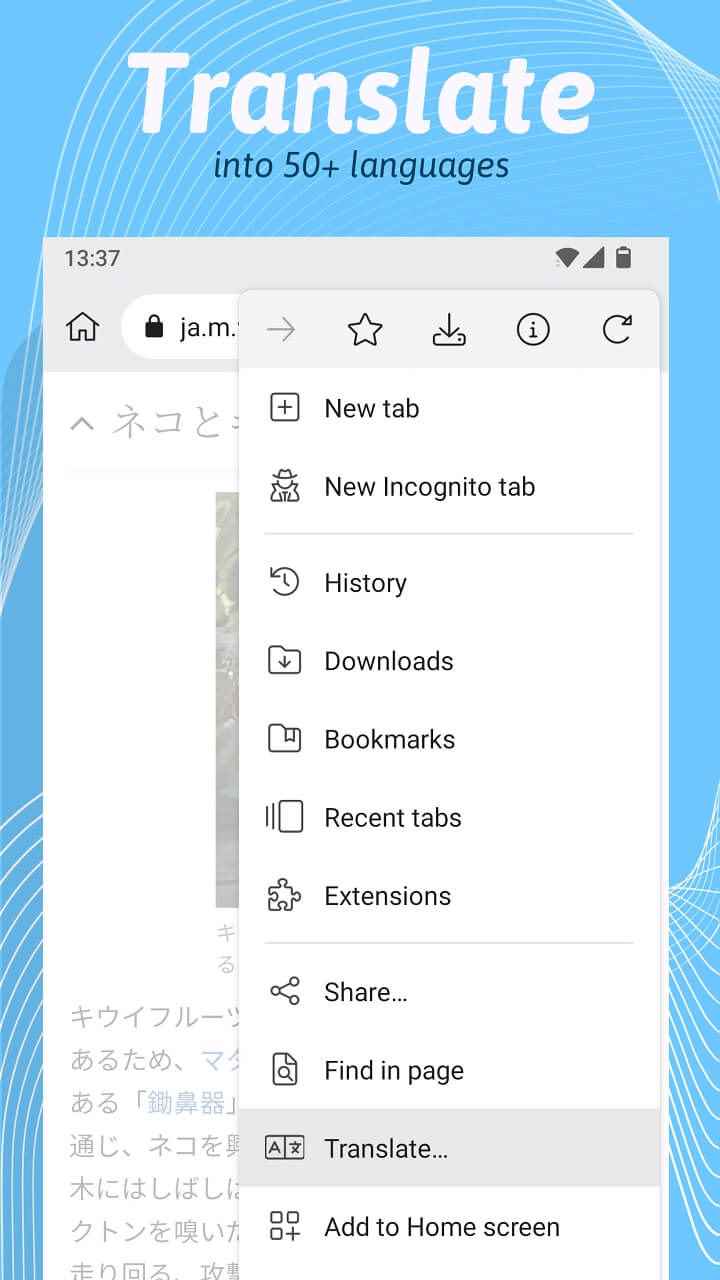
It has several neat additions, the most notable of which is support for Chrome desktop extensions that amplify the experience. What’s more, there is a dark mode that can force websites to follow the theme – which will be very useful if you use your phone frequently in low light conditions. Other features include native ad blocking, bottom address bar, language translation, and the option to disable AMP pages entirely.
One thing you will miss with Kiwi is the lack of desktop sync as the browser is not available for any desktop platform. If that’s something you don’t care about, the kiwi is definitely worth a try.
Browsers we don’t include
There are several popular Android browsers that we have not included in this list. Rather than answering questions about missing apps in the comments, we thought it might be better to explain our reasoning.
- Opera Browser: We previously included Opera Mini here because its data saver mode is still largely unique (even if it breaks many web pages). Opera’s other Android browsers are generally good products. However, Opera also runs several credit apps that previously violated Play Store guidelines and harassed the user’s contacts; this does not bode well for the company’s web browsers.
- Xiaomi Mint Browser: Xiaomi’s web browsers are popular in Asia and other regions where Xiaomi sells most of its phones. However, code was discovered in Mint Browser that sends all search queries made in Incognito Mode to Xiaomi’s servers. Xiaomi later added an option to disable this behavior, but it is not enabled by default and the browser has only been updated after a few days of complaints and news releases.
If you are looking for a new browser on the market, you will surely find the one you like here. After you decide on your search engine, you may want to add it to your phone. many useful apps has.
Note: Most of the browsers we mentioned above are also available on iOS.
